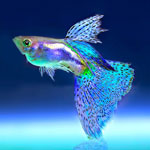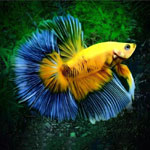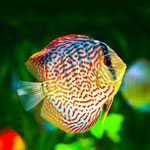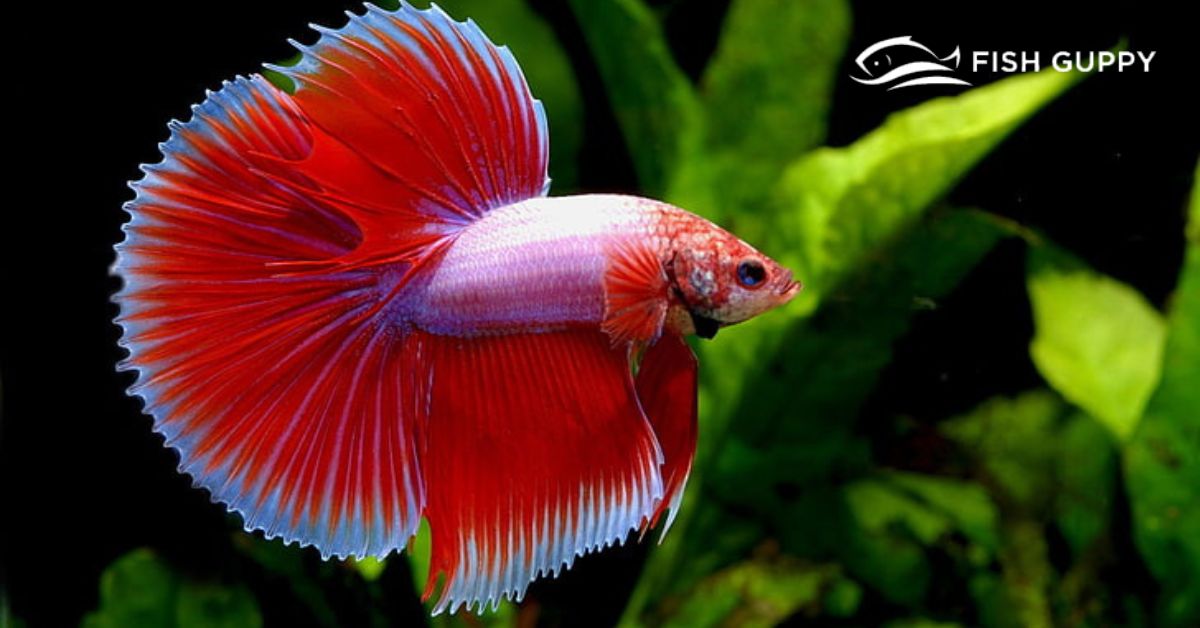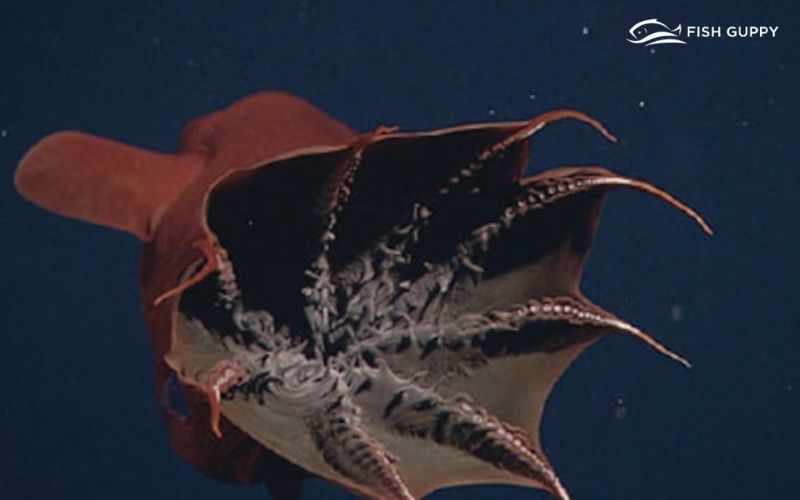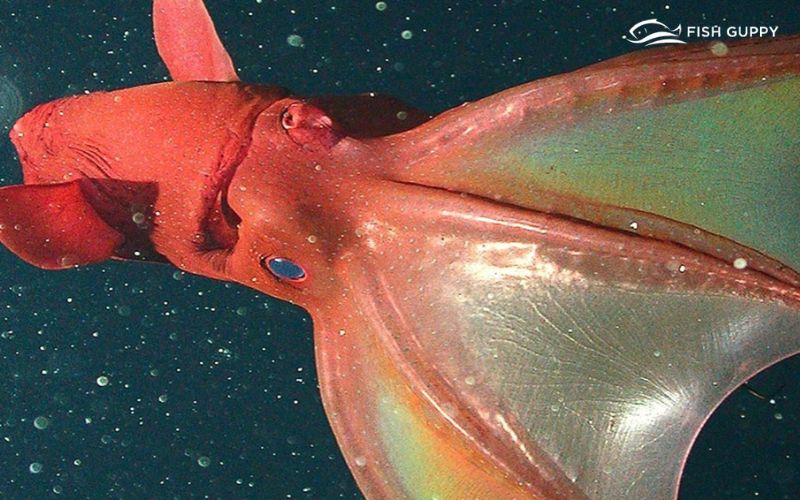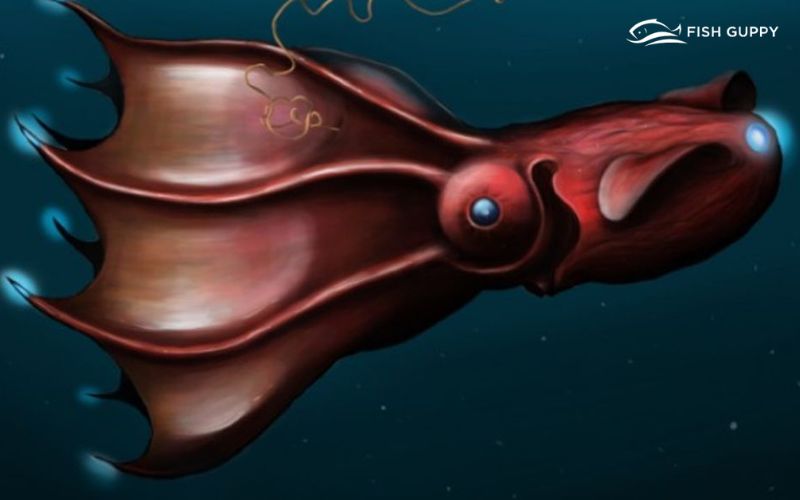9 Signs Of Delivery By Pregnant Guppy Fish (Guppies)
September 25, 2018 Guppy Fish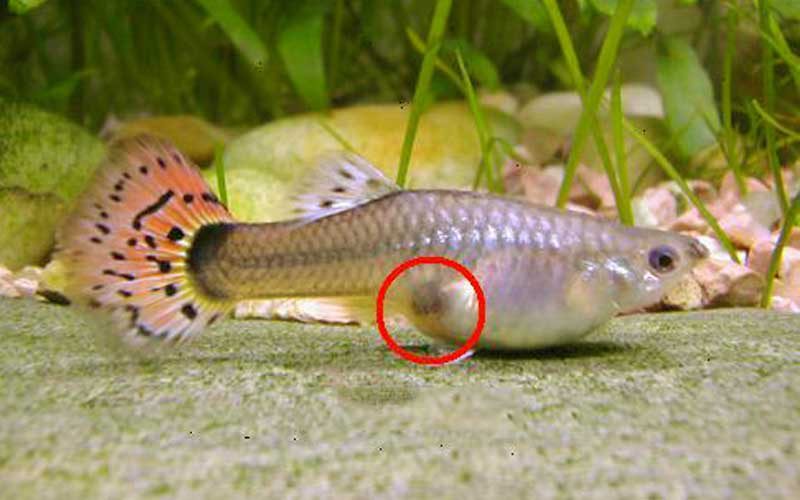
7 Useful Tips From Experts In Signs Of Delivery By Pregnant Guppy Fish
Female guppies can become pregnant when they are just a few weeks old, and if they are not separated from male guppies they can give birth on average once a month for several years. Guppy breeders quickly learn to recognize the signs of a pregnant guppy, including significant weight gain and the darkening of the gravid spot near the anus under the tail. The gestation period for guppies is from 21-30 days (22-26 days is average) depending on the tank’s temperature, cleanliness, and the female’s health. Near the end of that gestation period, the female will show signs of impending birth.
Most common signs of delivery by pregnant Guppy Fish (Guppies)
Different fishes have different personalities and not every pregnant female guppy will show the same symptoms of birthing. Although we have listed the most common signs of delivery by pregnant Guppy Fish (Guppies).
- The female guppy gets bulkier and forms a more boxy, square-like shape of the abdomen. It’s easy to differentiate the ones that aren’t pregnant before feeding time because Guppies that are feeded can be easily mistaken for pregnancy.
- The gravid spot of the fish gets very darker (maroon or black) and larger. Sometimes you’ll notice that it changes its shape. The Guppy’s gravid spot is usually black. If the Guppy is yellow or albino then it can be orange or pink.
- If the female guppy becomes still or sits in one place and not really swimming. Usually, it will sit near a heater, a corner of the fish tank, or hiding in plants or behind decorations trying to isolate herself from other fishes.
- Female guppy gets really nervous when you come near her. The best practice is to give her some hiding spots with plants or other aquarium decorations.
- Pregnant female guppy will constantly flex her spin so the tail comes up, it may look like she is shivering or swimming in one place. She’s having a contraction.
- Displays aggressive behavior like fin nipping and chasing when a male tries to mate with her.
- Pregnant guppy fish color starts to fade a little, it’s a natural camouflage instinct to blend it with their surrounding.
- Change in eating habits of female guppies. Such as refusing to eat or spit food out.
- Increasingly rapid breathing is also a sign of pregnancy.
Pregnant female guppy Indications
When a pregnant female guppy shows indications that she is ready to give birth, it will be good practice to move her to a birthing tank or net inside of the normal tank or in a completely separate tank. This will separate her from the other fishes in the tank. So she does not need to exert herself avoiding them. Birthing tanks also frequently have partitions that give the fry a safe place to begin swimming because the fry is a delicacy to many fishes, including the hungry mother.
Guppies are livebearers, which means they give birth to live free-swimming young instead of eggs. The female guppy can give birth to 2-200 fry (baby guppies) at a time in six hours. Sometimes the process to give birth to all the fry can take up to 12 hours. In extreme cases, a female guppy may give birth to just a few fry at a time, with pauses of several hours or days between births, although in most of these cases the young are not viable and die quickly. The baby guppies are usually born curled into small balls. They will uncurl and begin swimming quickly. Newborn guppies often swim upward if they are very healthy. Unhealthy, premature ones will sink.
After giving birth, the female mother guppy should be kept in a quiet tank for at least several hours. So that she can recover her strength and energy, before joining the rest of the fishes, and she should be well fed to help her recovery. If the batch of fry was exceptionally large, she may need up to a full day or two to recover sufficiently, but isolating her for longer periods can be too stressful.
Although newly born guppies can swim quickly. They are at risk in a tank with other fishes because they can easily be eaten. Placing a variety of floating plants near the birthing tank or throughout the tank where the fish will live offers the fry a place to hide. The plants can be either be real or artificial. Any dead fry should be removed immediately so they do not create excessive waste or toxins in the tank. The remaining fry should be fed an appropriate diet for fast, strong growth. The tank should also be kept at an appropriate temperature usually between 70-80 degrees Fahrenheit. It should be cleaned regularly to prevent the buildup of waste.
Knowing how guppies give birth and how to care for both the pregnant female guppy and the newborn fry will help guppy enthusiasts enjoy regular births of strong, healthy fish that they can appreciate for years.
